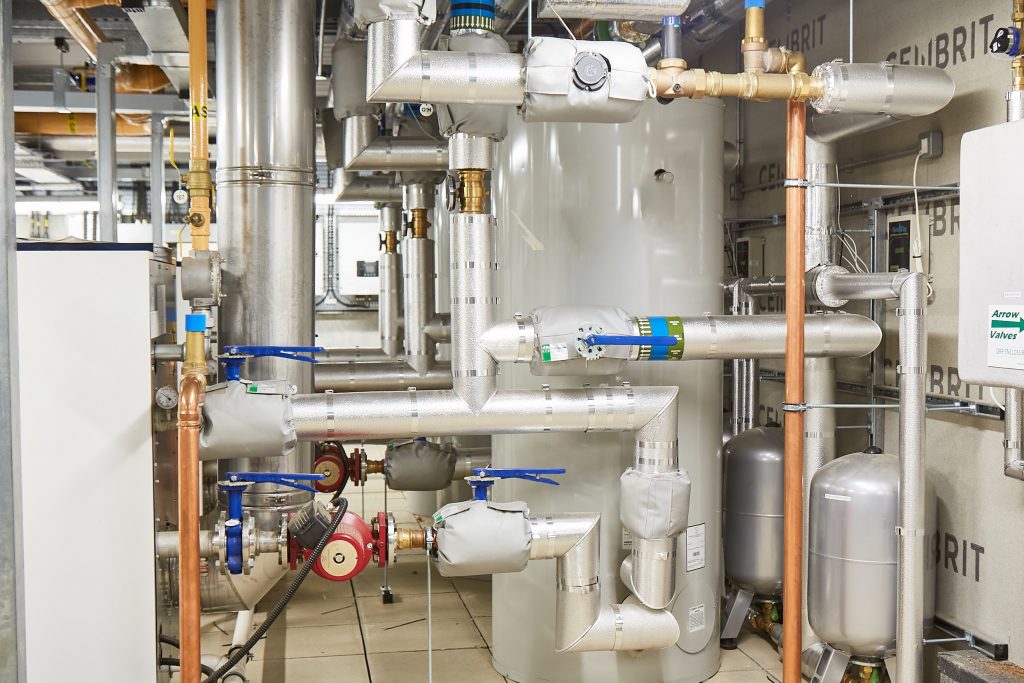Retro-commissioning and recommissioning are terms that can cause confusion and are on occasion used interchangeably.
That is misleading, because they are distinct processes.
Here, we will explore how they differ before considering which is more suitable for your individual needs.
What is retro-commissioning?
Retro-commissioning is an assessment of an existing building’s use, focusing on whether its systems and equipment are functioning as they should.
The process checks for deficiencies, and concludes by suggesting how they can be fixed.
It might also identify opportunities for an owner to reduce operating costs or make energy savings.
Retro-commissioning can often highlight problems that occurred during the initial design or construction stages.
Issues that have developed since can also be addressed.
It also takes into account that older buildings often change use or layout, meaning systems and equipment put in place earlier might work less efficiently or even become out of date.
A relatively small investment to reconfigure them could improve the performance of mechanical, electrical or control systems – and might assist too with preventing similar problems from occurring in the future.
To summarise, the overriding objective of retro-commissioning is ensure a building’s operating systems are fit for purpose and performing optimally.
What is recommissioning?
Recommissioning occurs when a building has already been commissioned previously and undergoes the same process again.
It can have happened fairly recently, and records of the original commissioning process may exist and will be referred to.
For example, it may occur within five to seven years of construction being completed.
Recommissioning is a methodical process that tests an existing facility’s systems and equipment to ensure that they are functioning according to the original design intent.
Adjustments may be made to correct any deviations away from the original design.
The process identifies any inefficiencies and looks at how they could be improved.
Even if buildings were methodically commissioned to the original design when they were constructed, they can still develop problems over time.
The most common reason why recommissioning takes place is because of a building’s change of use or adjustments being made to the original layout.
When should recommissioning be considered?
Recommissioning is the ideal solution for buildings that underwent a commissioning process when they were constructed, but the facilities that were installed are no longer performing at an optimal level.
In many cases, the systems may require small repairs, resets, and replacements.
It will often be used in buildings where problems didn’t become apparent until it had been operational for some time.
It’s an ideal solution for locations where wear and tear is now becoming more obvious, and minor issues are beginning to occur.
Rather than tackling these in a piecemeal manner, recommissioning takes a comprehensive approach to effectively reset the systems installed.
It is frequently considered where owners are looking to make their buildings more energy-efficient and environmentally friendly.
If a building’s use is changing, the original commissioning process may not meet its needs.
Re-commissioning services from ECS Yorkshire
At ECS Yorkshire, we’re one of the North’s leading providers of recommissioning services.
We use our extensive knowledge and experience to ensure that your systems are operating as effectively, are suited to your current building usage, and are fully compliant.
To find out more about our services call 01535 600688 or email info@ecs-yorkshire.co.uk today.

